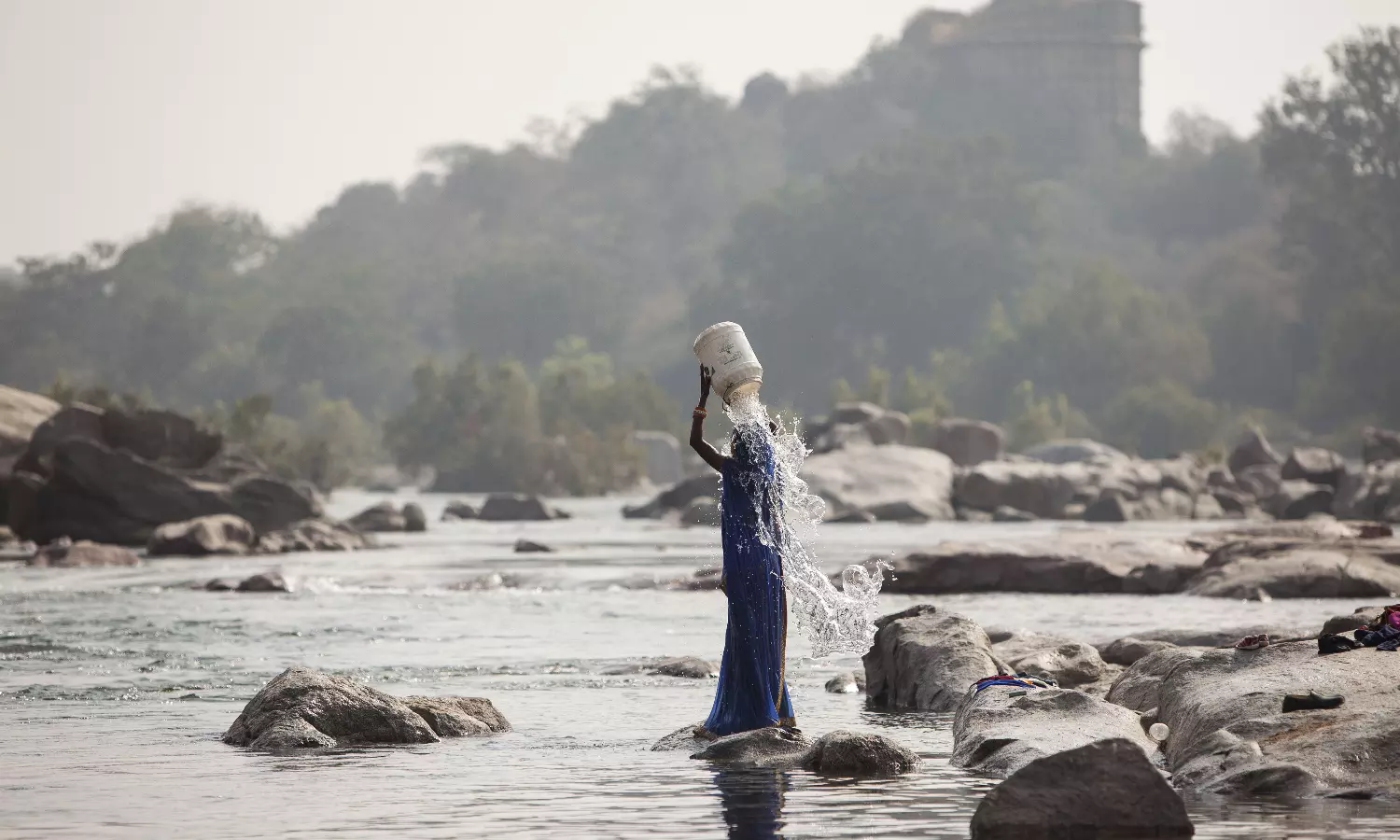DC Edit | Linking India’s rivers gigantic national challenge

The Ken-Betwa rivers linking project, estimated to cost upwards of Rs 44,000 crores (around $5 billion), will be the first to be undertaken under India’s national river interlinking policy under the National River Linking Project (NRLP). It is intended to address water scarcity and irrigation needs, and generate hydropower in the drought-prone Bundelkhand region that spans Uttar Pradesh and Madhya Pradesh.
Getting such a project off the ground is an enormous achievement, and this may have been facilitated by the fact that the states giving and receiving water are ruled by the national ruling party BJP. Considering the animosities in water sharing even among states ruled by allies, the initiative is to be proud of, though the politics surrounding issues big and small today did bring out some more of the prevailing animosities as the foundation stone for the project was laid.
The river linking project has been a national dream of decades and the first person to put it down in writing was an Englishman, Sir Arthur Cotton, irrigation engineer of the East India Company, in 1858. Since then, river linking has had many votaries, including the main architect of the Constitution B.R. Ambedkar and former Prime Minister Vajpayee, generous praise for whom came from Prime Minister Narendra Modi along with several jabs at the Opposition party, the Congress.
Principally, river linking can address the problem of flooding and droughts that occur in different parts of the country, and which may be solved to an extent by interlinking and sharing of water that could otherwise go out to sea. The perennial Indo-Gangetic rivers can feed the peninsular rivers which are mostly seasonal and the ambitious project can see equitable sharing of a resource that will get only more precious with population growth.
The flip side, however, is as long as the list of benefits because big dams can impact ecosystems, need clearing and flooding of forests and invite deleterious effects on biodiversity and wildlife, besides displacement of a vast number of people that can lead to social and economic distress. The Congress points to a direct effect of the Ken-Betwa project to the Panna tiger reserve, which the Prime Minister rebuts with the assurance that the well-being of tigers will be kept in mind while routing the canals.
On a more national level, inter-state as well as international disputes may arise, particularly with the Himalayan rivers, as has been the experience with China that has built mega dams to prove its engineering skills and yet controls water flow to such an extent that countries downstream are starved of water, with its 11 dams across the Mekong River.
What an achievement it would be if India were to connect 14 Himalayan and 16 peninsular rivers with 30 canals and 3,000 reservoirs, never mind if the estimated cost is in the range of $200 billion now and expected to rise exponentially with time. Water distribution is, however, not new to India as irrigation canals have served their purpose well for long. Also, today, water of the Godavari does reach the Krishna and Chennai even gets its drinking water from the Krishna in a canal.
The point is the consequences, intended and otherwise, are not yet fully projected or understood and the challenge of national river linking with upstream dams will remain, more so in an open and democratic society like India’s. Given the pace of decision making on such projects, the challenges may lie in the far future. But what the first project in the Ken-Betwa linking represents is that there is a way to attempt such equitable water sharing in the country, provided it comes without totally damaging river systems and inviting environmental mayhem.

